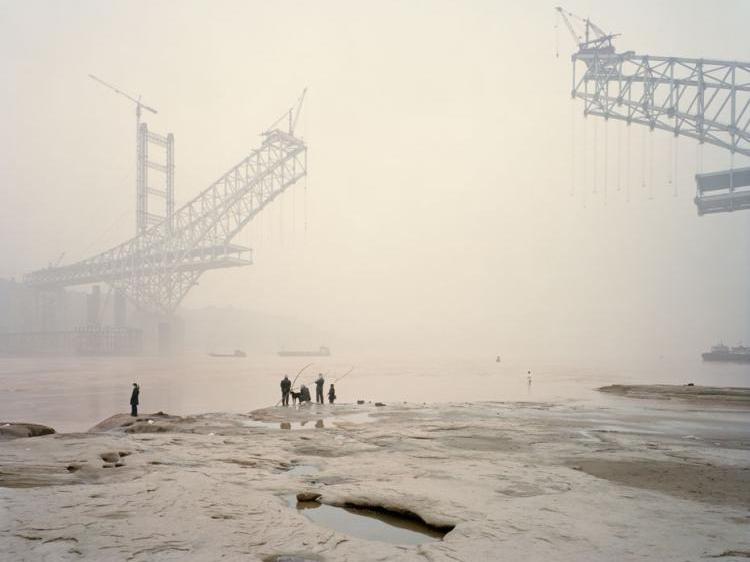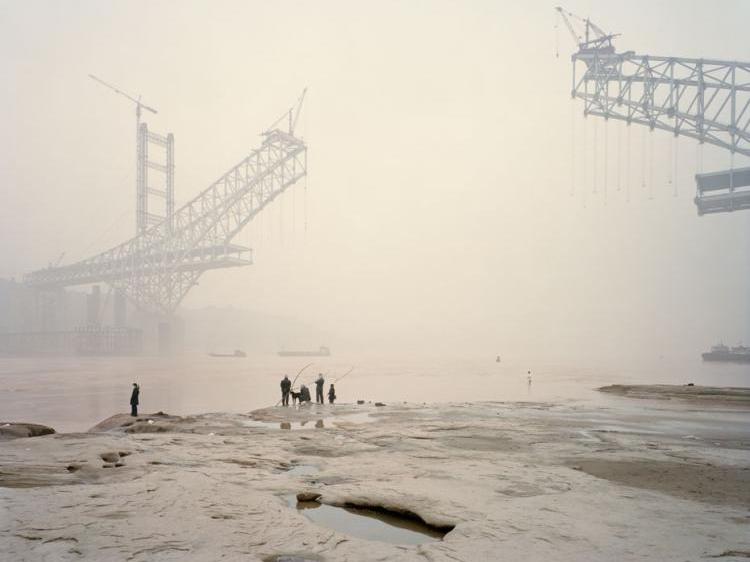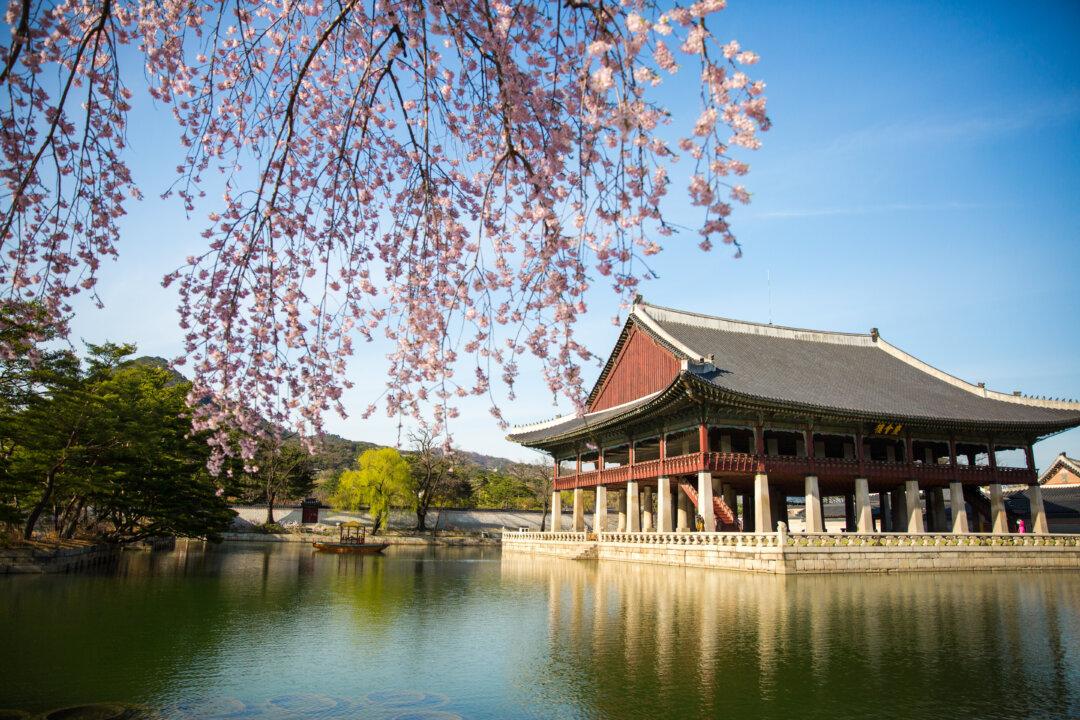The Yangtze river, China’s most famous river and third longest in the world, was once the inspiration for thousands of famous poets throughout China’s history. It was known for its heavenly beauty and its pastel picturesque landscapes. It supports a greater population than that of the entire United States.
Photographer Nadav Kander describes the river in his new photo book “Yangtze—The Long River,” as an “extraordinary and vast river [that] is embedded in the consciousness of the Chinese. It is much more than a waterway. It contains their history and their folklore. It runs in the blood of the people. So whatever happens to the people—happens to the river as well.”
Kander captures the “consciousness of the Chinese” with a haunting and melancholy look inside what happens when countries push for economic growth at an unsustainable rate. Behind each heart-stirring photo lies a plague that is slowly destroying all life and color, leaving the people who had generations of history and memories of the Yangtze, in ruin and catastrophe.
Kander’s three-year journey along China’s famous river tells a tale of despair, resilience, and hope.
“China is a nation that appears to be severing its roots by destroying its past,” writes Kander. “Demolition and construction were everywhere. ... I was unsure if what I was seeing was being built or destroyed, destroyed or built.” And yet Kander could still find the beauty in not only the people but also in the river itself.
His photos tell a story of the Chinese people. They have been through decades of torment, the Cultural Revolution, and had families ripped apart and homes destroyed. Yet the people Kander photographed seem to make the best with what they have left. Maybe it is the simple fact that they hope for a future for their children. Or a hope that someday things will change. In America, it is hard for us to understand the lives that these people live. We are used to having so much and living in comfortable and safe homes; we usually have enough to eat and enjoy our lives and our families.
However, for these Chinese people living near the river, physical and emotional isolation is commonplace and a theme throughout the book. We see a woman making food where her home once stood, a man standing alone in the river, and a lone woman holding her child under a bridge. One can get a feeling of what it would be like to be one of them.
Usually photography books are ones we keep on our coffee tables—with beautiful, colorful photos of faraway places we long to visit. This book, however, is not like that. Even though some of the photos are beautiful—or could be called beautiful, and some are colorful—these haunting photos don’t make us “wish we were there.” They are a reminder of a place and way of life that is changing.
The author includes notes and comments on individual photos. They are a must-read and add to the mystique and meaning of the river as it appears not only to the people of China, but also to the artist who captured these images. Kander explains that China is changing so fast that his photographs could never be taken again.
“The Yangtze—The Long River,” is a warning not just to the Chinese regime and the persons responsible for the destruction, but also to the rest of the world. It is a direct refection of what happens when greed consumes the human heart. This book is one to collect as a reminder to all of us to aways remember to be compassionate.
Book Review: Yangtze—The Long River
A look inside to Nadav Kander—“Yangtze—The Long River,” and the dramatic changes that are happening to it.
|Updated:






